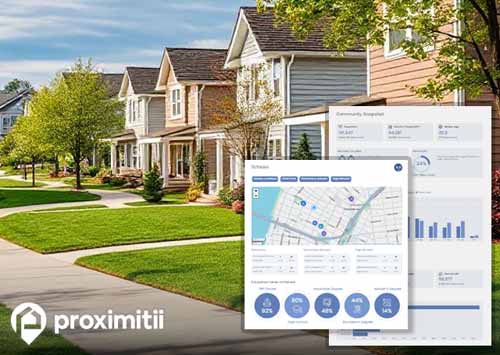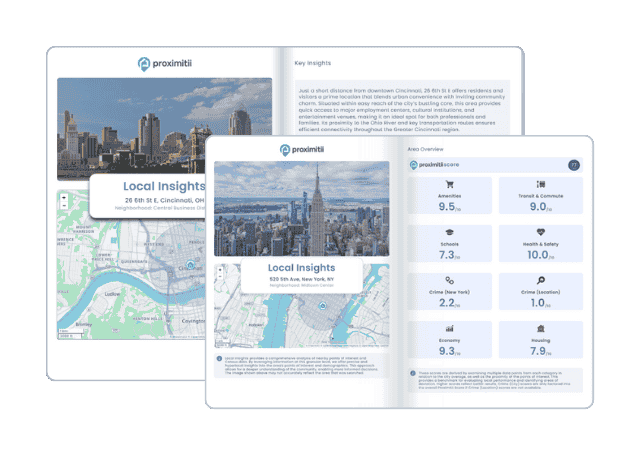| Statistic | Meadowbrook | Virginia | National |
| Population | 19,675 | 8,535,519 | 328,239,523 |
| Population density (sq mi) | 2,414 | 218 | 91 |
| Median age | 37.9 | 37.8 | 37.7 |
| Male/Female ratio | 1.0:1 | 1.0:1 | 1.0:1 |
| Married (15yrs & older) | 55% | 57% | 55% |
| Families w/ Kids under 18 | 39% | 44% | 43% |
| Speak English | 78% | 84% | 79% |
| Speak Spanish | 18% | 7% | 13% |


The demographics of Meadowbrook offer invaluable insights into the composition, dynamics and needs of both urban and rural areas, empowering planners, developers and policymakers to foster prosperity, equity, and well-being for all residents. With a population of 19,675, Meadowbrook exhibits a population density of 2,414 people per square mile, contrasting with the national average of 91. The median age stands at 37.9, with 55% of individuals aged 15 or older being married and 39% having children under 18. In terms of income equality in Meadowbrook, 10% of households report a median income below $25,000, while 14% report an income exceeding $150,000, showcasing a diverse economic landscape.
Understanding the Meadowbrook racial demographics and ethnic composition is paramount for addressing systemic inequities, advancing social justice and inclusion and fortifying communities. In Meadowbrook, the racial breakdown indicates 38.3% White, 43.4% Black or African American, 3% Asian, 0.6% American Indian and 0.1% Native Hawaiian, with 21.7% of the population identifying as Hispanic or Latino. Notably, 77.5% of households reported speaking English only, while 18.5% reported speaking Spanish only. Additionally, 16.6% of residents were categorized as foreign-born.
In areas with high population density, residents enjoy a wealth of amenities and services conveniently located within walking distance or a short commute. Access to healthcare facilities, educational institutions, cultural venues, dining options, retail stores and public transit enhances residents' quality of life and overall well-being. Meadowbrook has a population density of 2,414 people per square mile, which far exceeds the national average of 91 and ranks among the most densely populated cities in the country.
Urban Development: By leveraging demographic data in Meadowbrook, urban planners can tailor areas to meet the needs of any resident across housing, transportation and public services, all while fostering sustainability and elevating quality of life. Demographic changes can fuel gentrification and neighborhood transformation, whether in urban or rural settings. As neighborhoods attract newcomers with varying income levels and lifestyle preferences, property values may appreciate, potentially displacing established residents and reshaping the neighborhood's fabric. A nuanced understanding of population density, age distribution, household size and income levels is pivotal for guiding decisions on zoning, transportation infrastructure, housing development and public amenities. Utilizing the demographic data in planning and implementing affordable housing initiatives can help mitigate displacement risks and promote inclusive communities.
Policy Planning: Demographic data and statistics can inform policy and decision-making processes at various levels of government, as well as in organizations and businesses. By reporting and analyzing Meadowbrook demographics data, policymakers, government officials and organizational leaders can identify areas of need, allocate resources effectively and develop targeted policies and programs that address the specific needs and priorities of different demographic groups. Meadowbrook demographics can play a crucial role in policy planning by informing resource allocation, evidence-based decision making, identifying priorities, forecasting future trends, monitoring policy impact and promoting equity and inclusion. By leveraging this data effectively, policymakers can develop policies that are targeted, effective and responsive to the needs of diverse communities.
Social Cohesion: Analyzing demographics is vital for nurturing social cohesion and fostering understanding among diverse communities. By embracing and respecting variations in Meadowbrook demographics, societies can advance inclusivity, diversity and social unity while combatting social inequalities and advocating for equal opportunities. Racial demographics mirror the diversity within a population and can be instrumental in cultivating inclusive and inviting communities. Embracing diversity strengthens social bonds, fosters cultural appreciation and enriches society by acknowledging the contributions of individuals from various racial and ethnic backgrounds.

Why stop at city-to-city? With Local Insights, you can compare neighborhoods, zip codes, or even exact addresses. Access 300+ hyperlocal data points—from schools and crime to housing and amenities—to see which area is the better fit.

| Race | Meadowbrook | Virginia | National |
| White | 38.29% | 68.75% | 73.35% |
| Black | 43.44% | 19.21% | 12.63% |
| Asian | 2.97% | 6.05% | 5.22% |
| American Indian | 0.57% | 0.26% | 0.82% |
| Native Hawaiian | 0.07% | 0.07% | 0.18% |
| Mixed race | 2.14% | 3.37% | 3.06% |
| Other race | 12.53% | 2.30% | 4.75% |